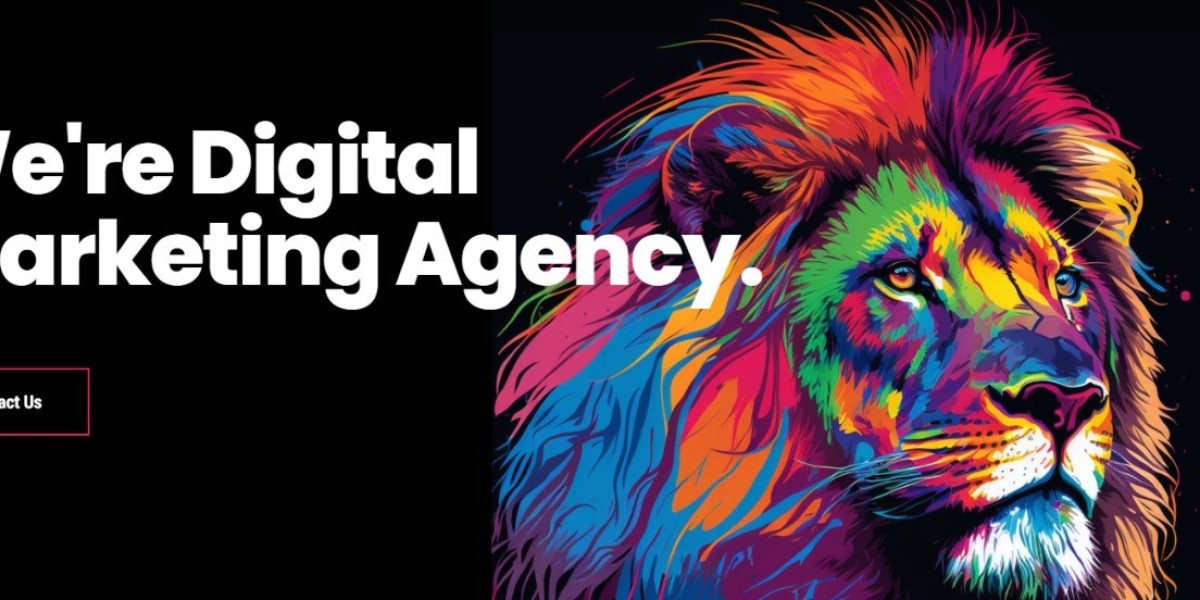If you have been watching the education technology landscape, you may have noticed a familiar rhythm. Every few years, a new idea tries to reshape digital learning. Some fade out quietly. Some evolve into pillars of the ecosystem. Then there are the rare ones that feel different. They arrive with a clear sense of timing. They solve a few persistent problems in one swift motion. They gain traction before anyone finishes forming opinions about them.
AI chatbots fall into the last category.
Not the scripted chat widgets of the past.
Not those templated FAQ bots that could only answer three questions before asking users to email support.
We are talking about the new generation of intelligent, learning, adaptive conversational agents that behave almost like patient academic assistants. EdTech leaders consider them essential. The timing of this shift is not random. It is the result of several real world pressures converging at once.
Let us walk through them together.
And yes, we promise to keep this interesting. If anything feels too heavy, we will pause and break the fourth wall so you can reset before we continue.
The surge in student expectations changed the game
A global student base is becoming more comfortable with conversational AI. Younger learners often treat technology as a natural extension of their thought process. They expect immediate guidance, not queued responses. They expect support at any hour. They expect clarity that adjusts to their pace and preferences.
Many EdTech platforms could not keep up with this level of hyper personal demand. Human support teams struggled. Traditional automation did not understand intent. The result was frustration on both sides.
The moment natural language models became capable of understanding context, tone, and learning patterns, EdTech companies saw the opportunity. They could finally meet students where they are instead of expecting students to fit within rigid digital boundaries.
Quick pause. You see how quickly this escalated from a student experience challenge to a strategic imperative. Now let us move to what happened next.
Institutions needed scalable academic support, not temporary fixes
The global education industry faces persistent teacher shortages. This is not speculation. UNESCO and several national studies have repeatedly highlighted gaps in teacher availability. The shortage affects primary, secondary, and higher education. In parallel, support staff numbers have not increased proportionally to the rise in enrollment for online programs.
EdTech companies found themselves responsible for filling part of this gap. Not by replacing educators. By extending the support ecosystem around them. AI chatbots emerged as a scalable way to manage thousands of repetitive queries, administrative tasks, or preliminary academic guidance.
When a learner needs clarification on a course requirement at midnight, an AI assistant can step in immediately. When hundreds of students ask for assignment instructions after a live class, an AI chatbot can deliver consistent responses that educators validate. When new learners want to explore a platform, the chatbot becomes a guided onboarding companion.
This is not an experimental idea anymore. It works in real deployments across Asia, North America, Europe, Africa, and the Middle East.
Shall we keep going. Good. Next section is where we unpack the business layer of this story.
Operational efficiency became a boardroom priority
EdTech companies operate with thin margins. Customer acquisition costs rise every year. Competition is intense. Investors ask sharper questions. Institutions expect predictable performance. In this environment, operational efficiency is no longer a quiet internal goal. It is a survival mandate.
Support desks often consume disproportionate budgets. Onboarding cycles are longer than expected. Manual processes delay revenue timelines.
AI chatbots reduce pressure on internal teams by absorbing first line interactions and routing complex requests to human experts.
The outcome is a cleaner workflow.
Faster response times.
Lower overhead.
Better attribution across student touchpoints.
Higher satisfaction scores.
These are measurable, trackable improvements. EdTech leaders were quick to integrate AI chatbots once they realised the impact is not theoretical. It is financial.
Time for a small break. Ready for a little narrative twist. Here it comes.
Students wanted personalized journeys and chatbots delivered it quietly
EdTech platforms have long promised personalized learning. The promise remained partially fulfilled because traditional systems could only personalise content at a surface level. Real personalization requires:
Awareness of learner intent
Memory of past interactions
Understanding of progress patterns
Adaptation of tone and complexity
Real time feedback loops
AI chatbots can do all five. Not flawlessly. Not in a magical way. But in a manner that changes the learner experience noticeably enough to matter.
Imagine a student struggling with the same math concept for three days. A chatbot can detect this trend and recommend a simpler explanation. Or offer an example from a different angle. Or suggest a micro lesson. Or escalate to a mentor with a summary of exact challenge points.
This closes the gap between curiosity and comprehension. EdTech companies love this capability because it positions their platforms as supportive, intelligent, and genuinely invested in student success.
Before we continue, let us break the fourth wall. You may be thinking this sounds too ideal. Do these systems really function at this level. Yes. The latest architectures are built for this. Now let us explore what the industry learned from early adopters.
Early leaders discovered a competitive advantage hiding in plain sight
Companies that implemented AI chatbots earlier than others did not do it for experimentation. They did it because they understood that speed is strategic in digital education.
They gained four clear advantages.
Higher retention rates due to faster student support
Reduced support costs within months
More accurate reporting of student behaviour
A brand image associated with innovation
These companies now appear consistently in conversations about high growth EdTech platforms. They created reputational momentum. This matters because education buyers trust long term stability. Schools, universities, and enterprise learning departments prefer partners that evolve instead of staying static.
Let us shift gears again. We move from competitive dynamics to a more technical observation.
Integration patterns became simpler, making chatbot adoption easier
One of the biggest hurdles in EdTech adoption has always been integration effort. Institutions use LMS platforms that vary significantly. Many older systems are difficult to extend. Data formats differ. Compliance rules differ.
A new wave of integration frameworks and APIs made chatbot adoption easier. The latest AI chatbots can connect to LMS platforms, student information systems, content libraries, assessment portals, mobile apps, and analytic dashboards without heavy custom development.
This is where modern development companies stepped in. Firms that specialise in custom chatbot solutions now offer modular architectures that adapt to an EdTech company’s existing infrastructure. No full rebuild. No complicated rewiring.
This efficiency reduced friction. Adoption increased.
One more pause. Notice how this narrative is building a pattern of inevitability. Not hype. Momentum backed by real operational gains. Now to the next point.
Educators embraced the idea of collaborative AI instead of competitive AI
There was a time when educators worried about being replaced by automation. The conversation looks different now. Teachers and academic teams prefer AI systems that support them without interfering with their core responsibility. They want assistants that prepare summaries, generate drafts, explain concepts, manage repetitive student queries, and highlight learners at risk.
AI chatbots fit comfortably within this framework. They operate as collaborative tools rather than instructional authorities. This encouraged educators to support adoption instead of resisting it.
The shift in educator perception accelerated EdTech deployment timelines significantly.
We could go deeper. You may want more context. So let us continue.
Learner safety and moderation became global requirements
Education is a sensitive domain. Platforms cannot risk misinformation or inappropriate content. This is why advanced chatbot systems incorporate moderation layers, content filters, audit trails, and human review checkpoints.
Regulatory pressures around student data privacy also increased. FERPA in the United States. GDPR in Europe. Data protection rules across Asia and the Middle East. EdTech platforms needed systems that respect these constraints.
Modern AI chatbots offer compliant data flows, access restrictions, encrypted handling, and structured audit visibility. This reassured institutions and parents. Reliability became a strong trust factor.
This trust shift is another reason AI chatbots found acceptance so quickly.
Global expansion reshaped EdTech priorities and chatbots became multilingual allies
As EdTech companies expanded to new markets, they needed multilingual support. Students in different regions learn at different paces. They use different examples. They interpret explanations differently. AI chatbots help platforms adapt without hiring large region specific support teams.
They translate content accurately. They explain topics in regionally relatable terms. They guide users through onboarding in their preferred language.
This made international growth far smoother.
Let us take one more conversational pause. You see how practical all these reasons are. No sensational claims. Just real factors shaping a rising global trend. Now we can close this out with the final segment.
So why now
EdTech leaders are turning to AI chatbots because the timing aligns with multiple realities. Student expectations evolved. Educators needed help. Operations required efficiency. Technology matured. Integration became simplified. Global expansion demanded flexibility. Compliance requirements tightened. Competitive pressure intensified.
These forces created a rare and decisive moment. A moment where AI chatbots are no longer an optional enhancement. They are part of the core digital architecture of modern learning platforms.
Companies that recognise this shift early gain structural advantages. Companies that delay will eventually adopt similar tools but without the momentum enjoyed by early movers.
And that brings us to our final thought before we wrap this up.
Conclusion
EdTech is in a transformational cycle and intelligent chatbots sit at the heart of the next phase. Leaders are embracing them because they want scalable support, personalised learning, and stronger operational outcomes. Platforms that invest early build durable strengths that compound over time. If you are evaluating this shift for your organisation, consider partnering with teams that bring deep experience in custom chatbot engineering and enterprise chatbot consulting.








